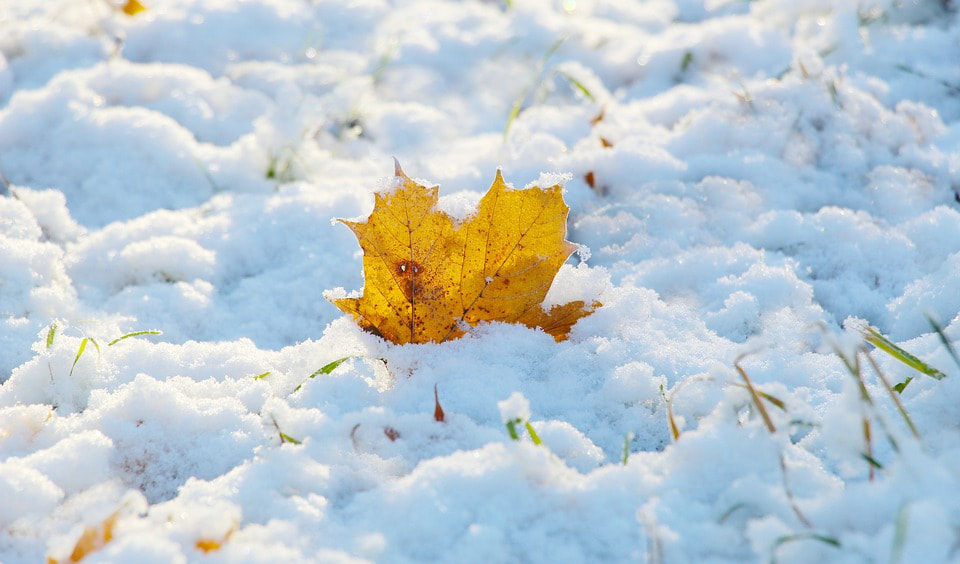For many, the New Year offers a time of reflection, a chance to turn over a new leaf, and gardeners are no exception. But trying something new in the garden doesn’t have to mean buying all the latest hybrids! Instead, just changing the way we think about our garden can produce surprising results. During the month of January, we’ll be suggesting a few ‘garden resolutions’ to consider–starting with:
#1: Work with nature when possible, not against it!
So often, we fall into the habit of thinking of our garden as something to be subdued or coerced into doing our bidding. But many traditional garden tasks may actually be unnecessary! When we look for ways of working with the natural order of things, we find it’s possible to have a beautiful landscape that provides for pollinators, while simultaneously reducing extraneous labor.
For example, in the first warm days of spring, curb your enthusiasm–wait till the sustained warmth of April for spring clean-up. Over-wintering pollinators need time to wake up and move out!
Rather than covering every square inch of your planting beds with mulch, choose an area where you can leave bare ground for ground-nesting pollinator habitat. Remember that one inch of mulch is as impermeable as pavement to this large group of important pollinators. Rather than building ‘mulch volcanoes’ around the base of trees (which can actually harm the trees), use fallen leaves as mulch, spreading out to the drip line.
Native plants do a lot of work for the gardener. Once established, they’re drought-tolerant, and are generally resistant to most diseases and pests. In addition, they are the best sources of food and habitat for pollinators.
In fall, leave the leaves. Leaf litter provides winter shelter for a huge array of pollinators and other wildlife. Leave plant canes standing throughout the winter as nesting sites for cavity-nesting bees and other insects.
Remember–sometimes, less is more!
Happy New Year from the SBG.


 RSS Feed
RSS Feed